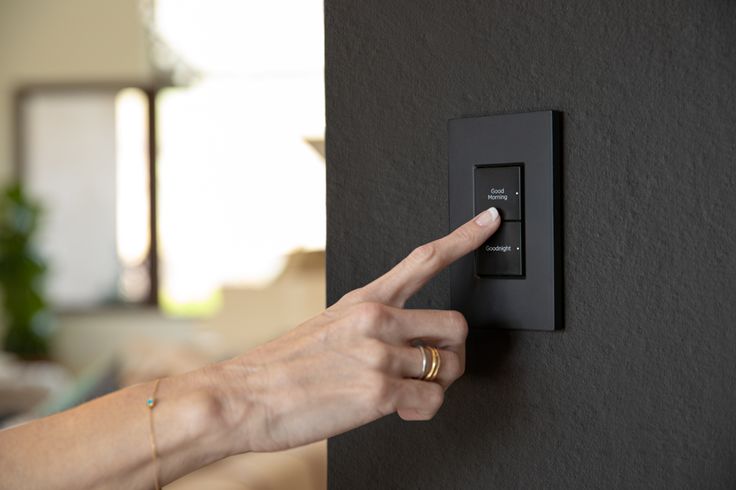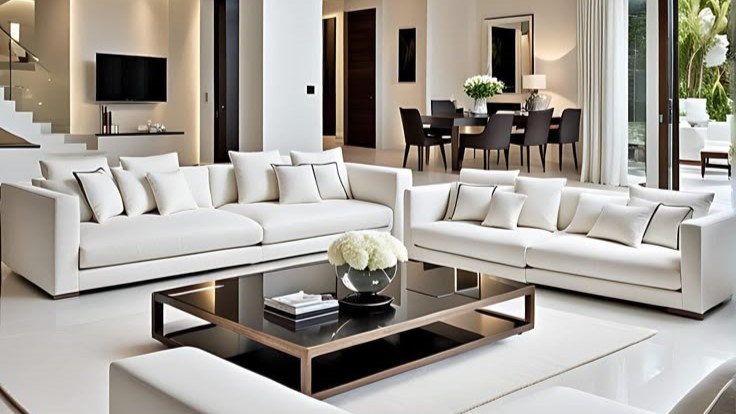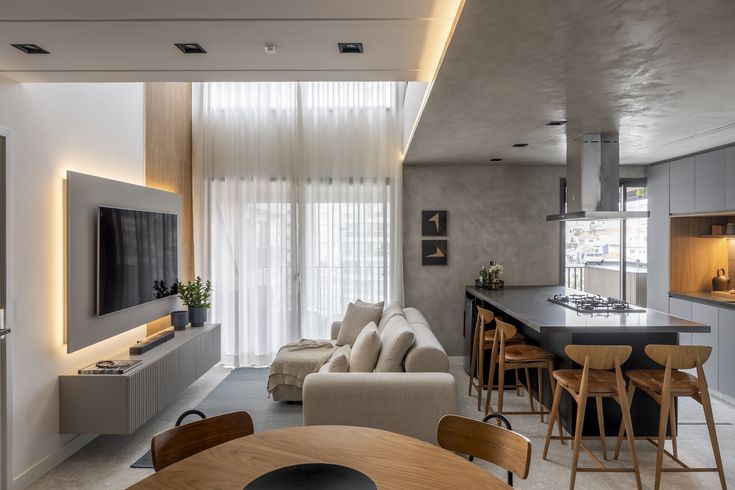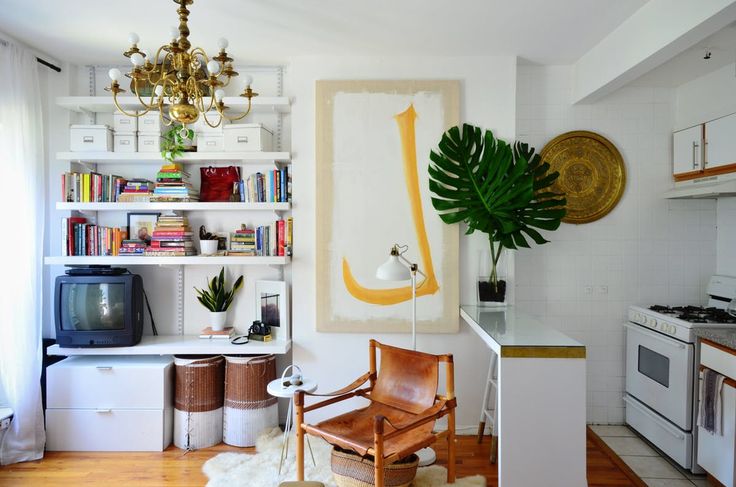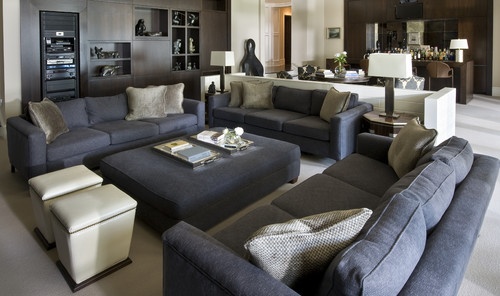Why Smart Lighting Systems Are the Future of Home Design
Why Smart Lighting Systems Are the Future of Home Design – Lighting is a crucial element of home design, affecting both the aesthetics and functionality of living spaces. Over the years, lighting technology has evolved significantly, leading to the emergence of smart lighting systems. These innovative solutions not only enhance the ambiance of a home but also offer unparalleled control, efficiency, and security. In this article, we will explore why smart lighting systems are the future of home design and how they can transform the way we interact with our living spaces.
1. Enhanced Control and Flexibility
One of the standout features of smart lighting systems is the enhanced control they provide. Homeowners can control their lighting remotely through smartphones or smart home systems, allowing for unprecedented flexibility. Imagine being able to adjust the brightness or color of your lights without getting off the couch or setting the perfect scene for a dinner party with just a few taps on your phone.
Smart lighting systems allow users to create custom lighting schedules, set timers, and even control lights from anywhere in the world. This level of control not only enhances convenience but also allows homeowners to tailor their lighting to fit various activities, whether it’s hosting a gathering, enjoying a movie night, or simply winding down after a long day.
2. Energy Efficiency and Cost Savings
Another compelling reason to invest in smart lighting systems is their potential for energy efficiency and cost savings. Traditional lighting can consume a significant amount of electricity, contributing to high energy bills. Smart lighting systems address this issue through features like scheduling, dimming, and motion sensors.
By automating lighting based on occupancy or time of day, homeowners can significantly reduce their energy consumption. For instance, lights can be programmed to turn off automatically when a room is unoccupied, or brightness levels can be adjusted according to natural light availability. According to a study by the U.S. Department of Energy, smart lighting can reduce energy use by up to 75%, leading to substantial savings over time.
3. Improved Security
Home security is a top priority for many homeowners, and smart lighting systems play a crucial role in enhancing safety. Automated lighting schedules can mimic the presence of occupants, deterring potential intruders. For example, setting outdoor lights to turn on at dusk and off at dawn can create the illusion that someone is home, reducing the likelihood of break-ins.
Additionally, many smart lighting systems include motion-activated features that illuminate areas when movement is detected. This not only provides safety when returning home at night but also serves as an effective deterrent against unwanted visitors.
4. Aesthetic Appeal and Customization
Smart lighting systems also offer significant aesthetic appeal and customization options. The ability to choose from a wide range of colors and brightness levels allows homeowners to enhance the ambiance of their spaces.
For instance, warmer tones can create a cozy atmosphere for relaxing, while cooler tones can energize a workspace. Many systems even allow users to create preset scenes for different occasions, such as movie nights, dinner parties, or romantic evenings. This level of customization empowers homeowners to transform their living environments to suit their preferences and moods.
5. Integration with Smart Home Technology
The integration of smart lighting systems with other smart home devices is another advantage that enhances overall home functionality. Smart lighting can work seamlessly with devices like thermostats, security cameras, and voice assistants.
For example, when you arrive home, your smart lighting can automatically turn on, while the thermostat adjusts to your preferred temperature. This interconnectedness not only simplifies daily routines but also creates a cohesive smart home ecosystem that enhances convenience and comfort.
6. Health Benefits
In addition to aesthetic and practical benefits, smart lighting systems can also contribute to improved health and well-being. The concept of circadian lighting, which adjusts the color and intensity of light throughout the day, has been gaining traction as a means to support natural sleep patterns.
Research has shown that exposure to the right light spectrum can enhance mood, productivity, and overall health. Smart lighting systems can be programmed to mimic natural daylight, providing bright light in the morning to boost alertness and gradually transitioning to warmer tones in the evening to promote relaxation and prepare the body for sleep.
7. Future Trends in Smart Lighting
As technology continues to advance, so do the capabilities of smart lighting systems. Emerging trends such as artificial intelligence integration, voice control, and automation will further revolutionize home lighting.
For example, future smart lighting systems may learn user preferences over time, automatically adjusting based on individual habits and routines. Additionally, advancements in energy-efficient lighting technologies, such as OLED and LED, will enhance performance and sustainability, making smart lighting an even more attractive option for homeowners.
Conclusion
Smart lighting systems are poised to play a pivotal role in the future of home design. With their ability to enhance control, improve energy efficiency, bolster security, and provide aesthetic appeal, these systems offer numerous benefits for modern homeowners.
As we move towards a more interconnected world, the integration of smart lighting with other home technologies will further enhance the way we experience our living spaces. If you’re considering upgrading your home’s lighting, now is the perfect time to explore the possibilities of smart lighting systems and embrace the future of home design.
